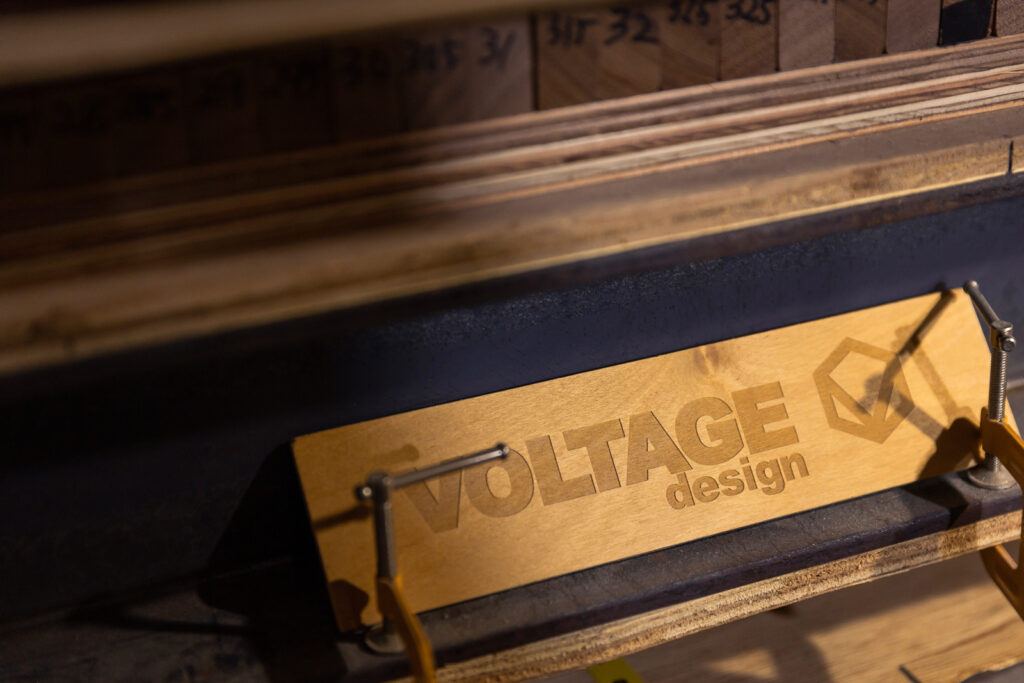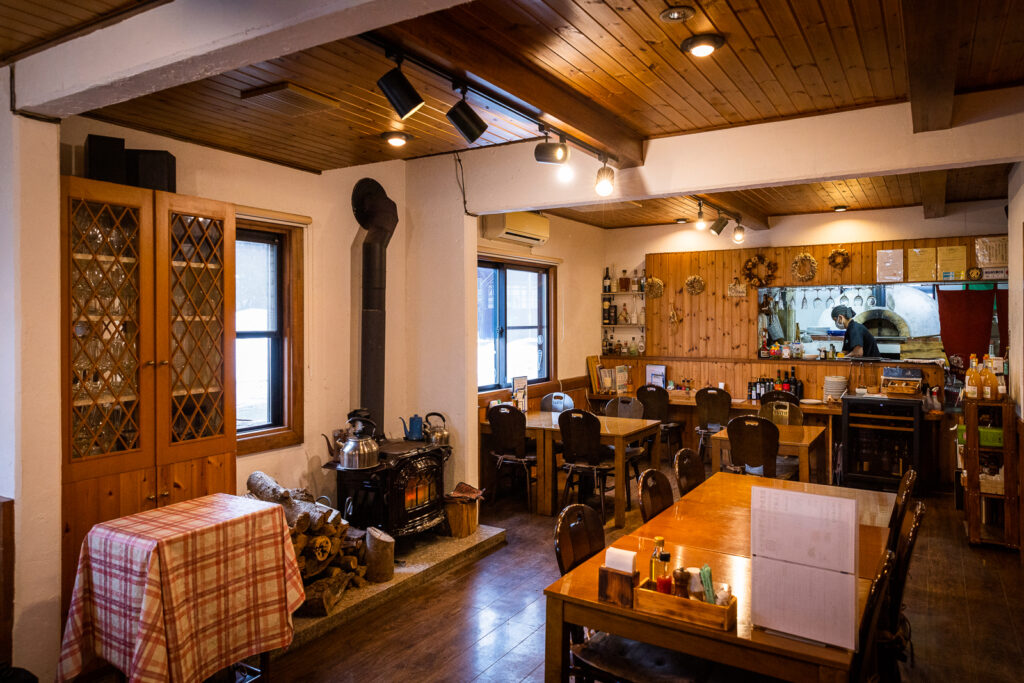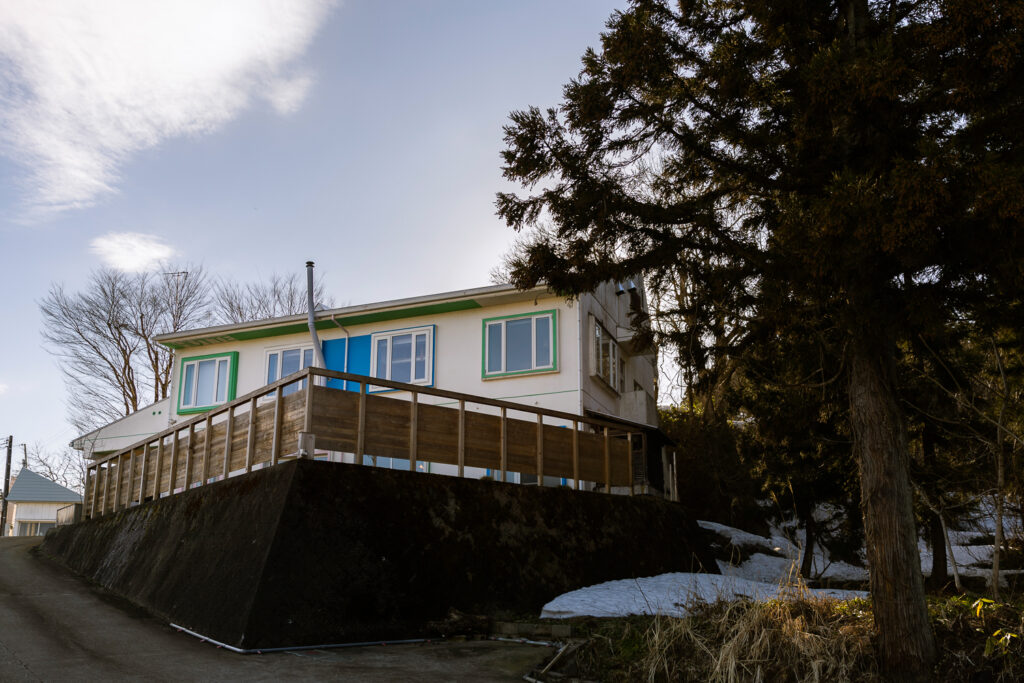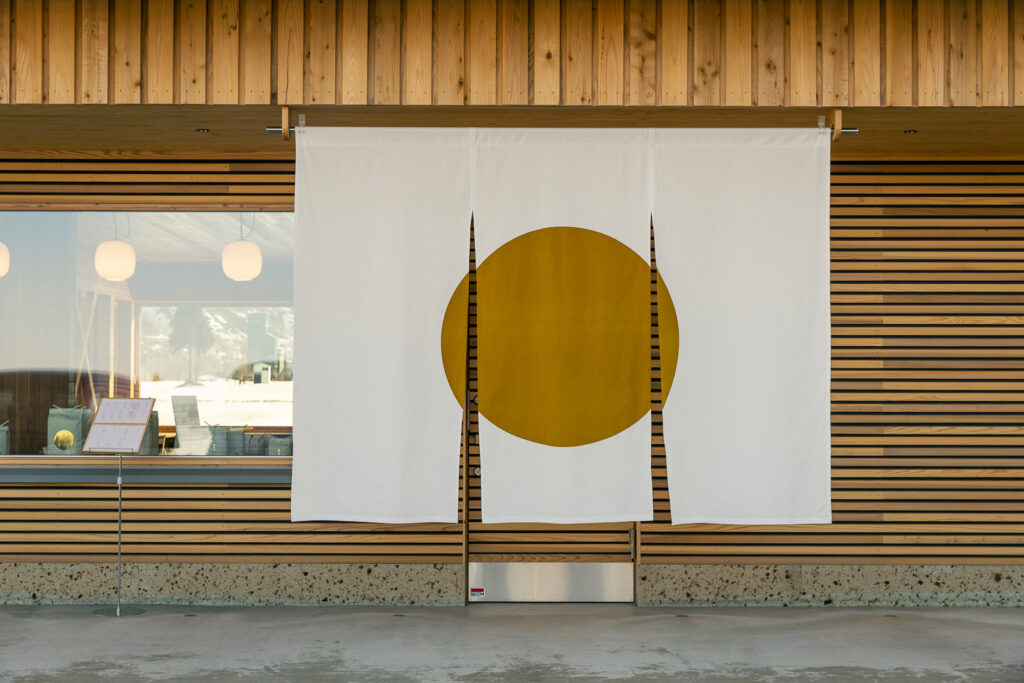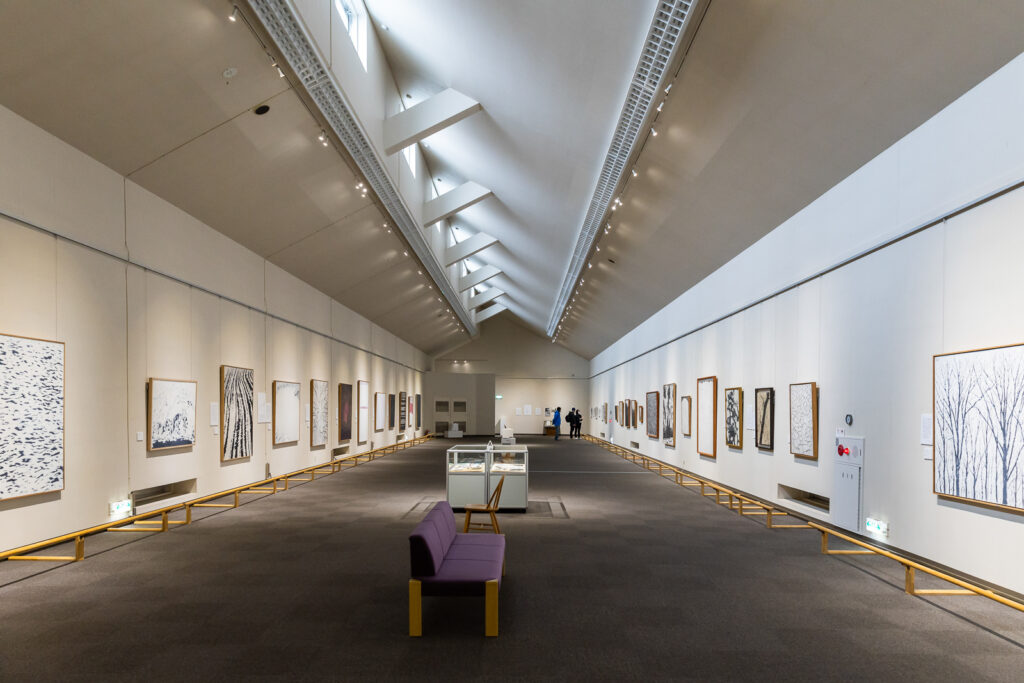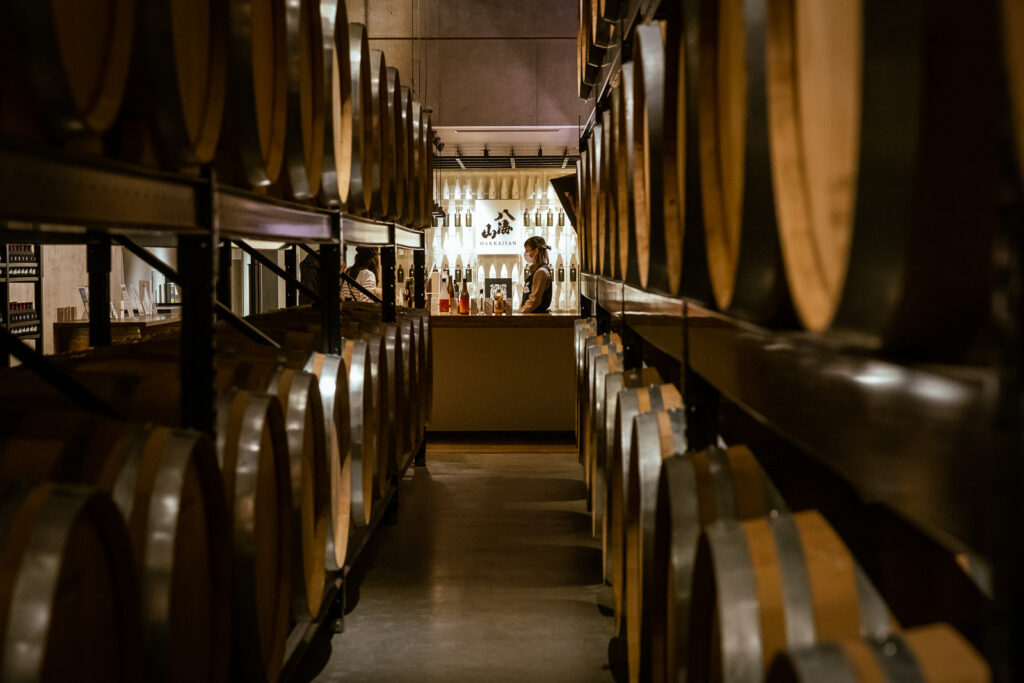The joy of walking through snowy mountains and strolling through the foothill towns.
Minamiuonuma City in Niigata Prefecture, known as one of the heaviest snowfall areas in Japan, is accessible in two or so hours from Tokyo by bullet train. The city is dotted with 10 ski resorts and is known as a resort that attracts skiers from all over the country in the winter. The “Ski de Randonnée” tour was launched to capitalize on this environment by donning skis and strolling in the snow. This tempting offer came from Takuzo Nagai, the representative of “VOLTAGE design,” a factory brand of custom-made snowboards in Minamiuonuma City.
“I want people to feel free to go out to the snowy mountains even if they don’t own skis or have no skiing experience” explains Nagai-san. Lucas dubbed this new snow pursuit “Ski de Randonnée,” which is like hiking with friends, but with a fashion element built into the experience.
And this time, we went out to the spectacular snowfields of Minamiuonuma, guided by Yuji Maruta, a snowboarder who moved from Osaka about 20 years ago in search of snow.
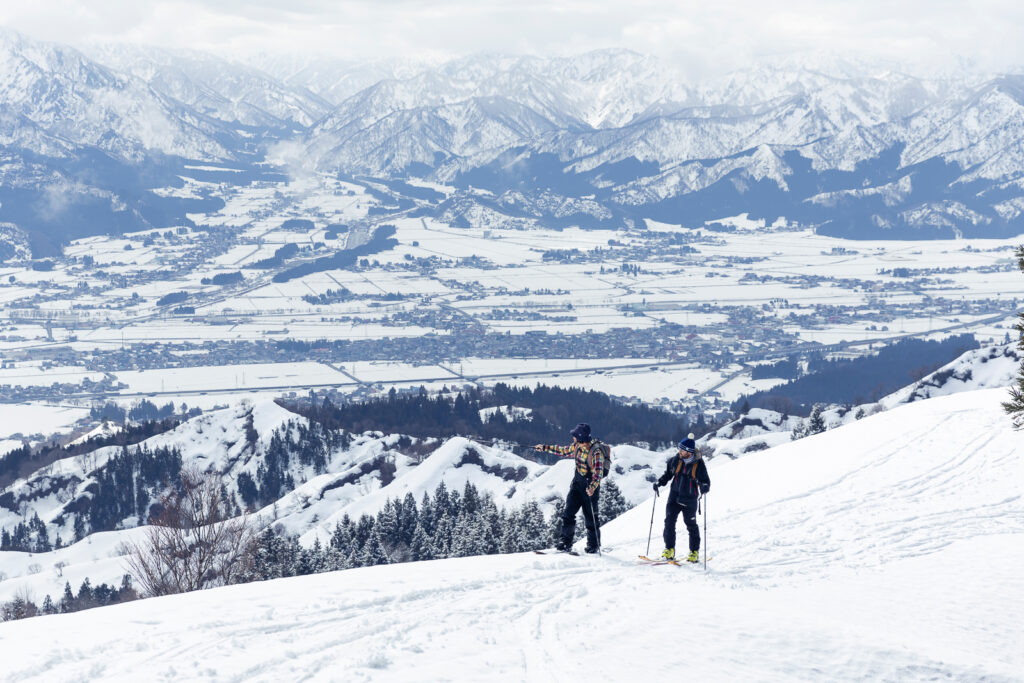
On day 1, we were first taken to Muika snow Resort, a ski area in Minamiuonuma City. The lift takes you to the top of the mountain, offering a wonderful view of the Echigo mountains and the city.
After donning our skis and boots, we board the lift to the summit (748m) where a panoramic view of the Uonuma Basin spreads out before our eyes.While chatting away, we walk through the tranquil snowfield for about 20 km just like a regular mountain hike. Listening to the sounds of nature, silenced by the snow, we are transported to an otherworldly realm that cannot be found in the city. We worked up a sweat while gazing at the city of Minamiuonuma, the famous Hakkaisan and the majestic Mt. Makiki (among the 100 most famous mountains in Japan). Upon descending, one can feel thoroughly refreshed and invigorated, another feature of the Ski de Randonnée.
The skis indispensable to our randonnée this time were provided by VOLTAGE design, a factory brand run by Nagai-san. The brand, which makes custom-made skis and snowboards to order, aims to further develop skis that allow for light walking on Ski de Randonnée, as well as boots that fit the skis.
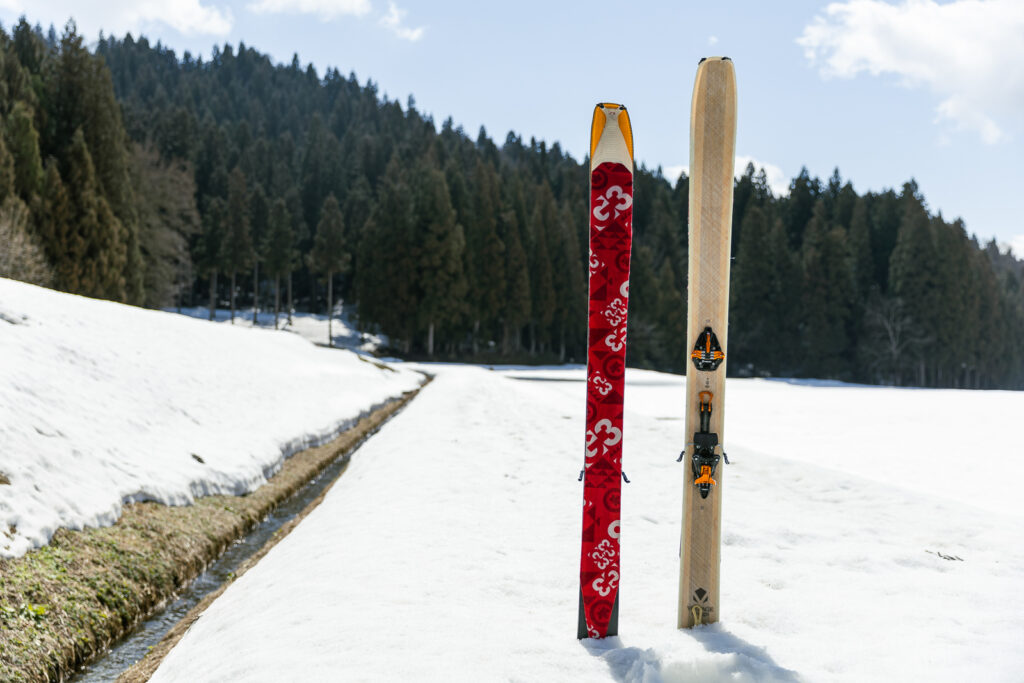
Transplants flock to Minamiuonuma for its snow
After the Randonnée, we stopped for lunch at the popular Italian Restaurant I’Hirosshe at the foot of the slopes. It is a secluded restaurant in the mountains, serving up casual Italian fare in a relaxed ambience.Many people are drawn to the snowy life in Minamiuonuma, including Chef Hiroshi Sato of I’Hirosshe who moved here with his family. For lunch we devoured pasta made with Ōsakina (a traditional Minamiuonuma vegetable that has been handed down for about 300 years at the foot of Hakkaisan) and pizza with butterbur sprouts gathered locally. Sato-san is also involved in the development of a non-gluten rice-flour pasta, using only Minamiuonuma-grown ingredients.
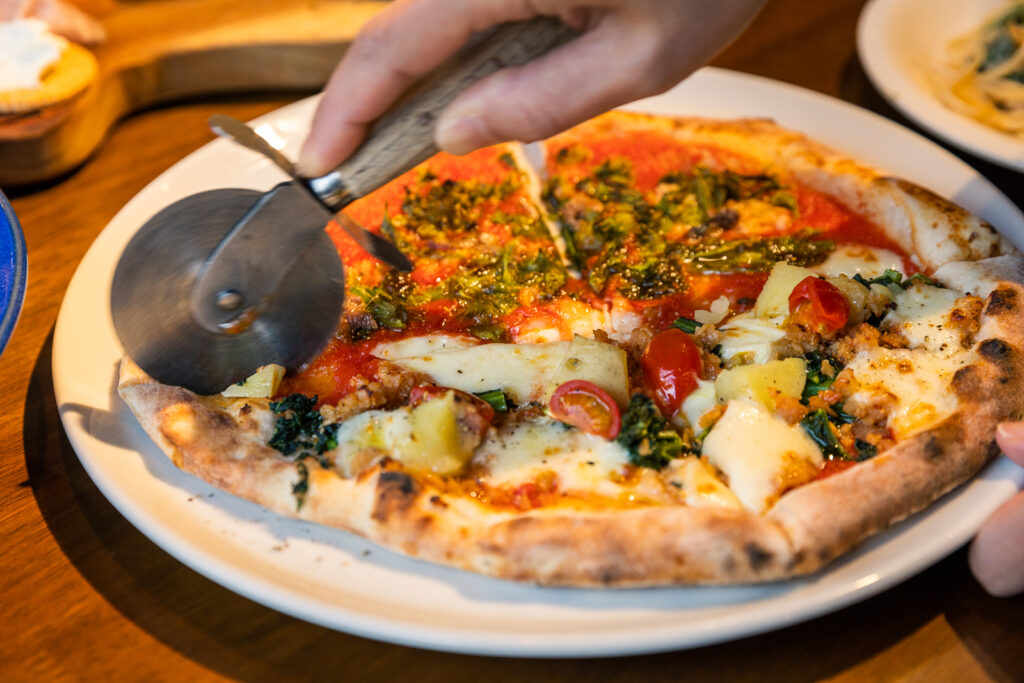
We stayed at “Muikamachi Hutte” a boutique hotel located about 8 minutes by car from Muika Snow Resort. The area attracts many skiers in winter. Proprieter Yosuke Hosoi, a snowboarder himself, decided to move to Minamiuonuma in 2007, attracted by the area’s rich natural climate and mountains where he could snowboard. Inside the inn is a spa with thermal hot spring water from the Muikamachi Onsen, the perfect place to unwind after a long day traveling.
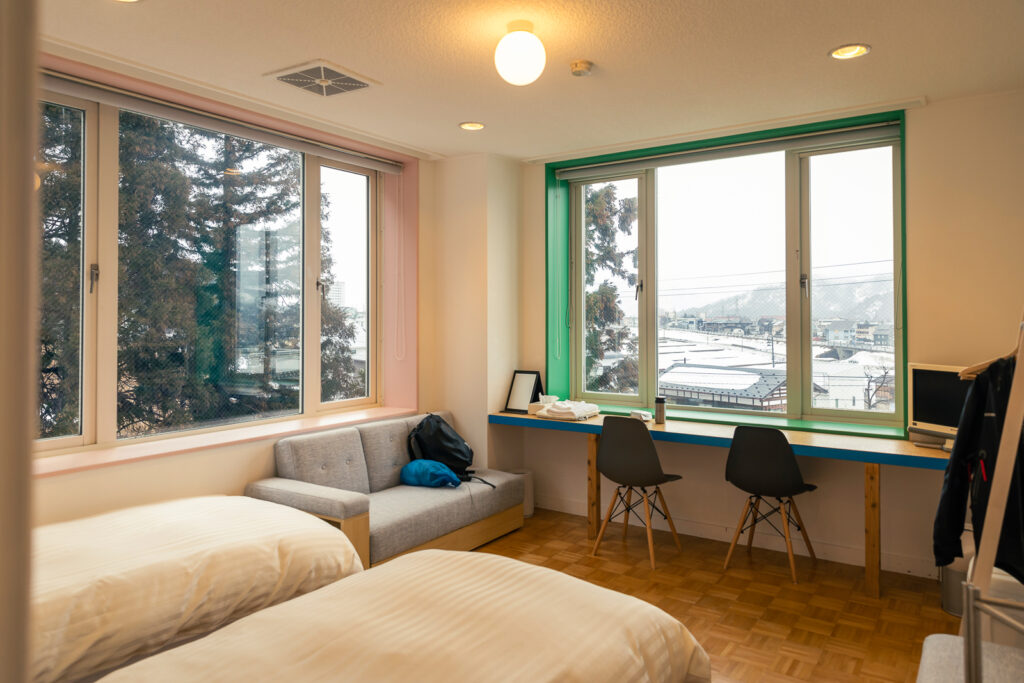
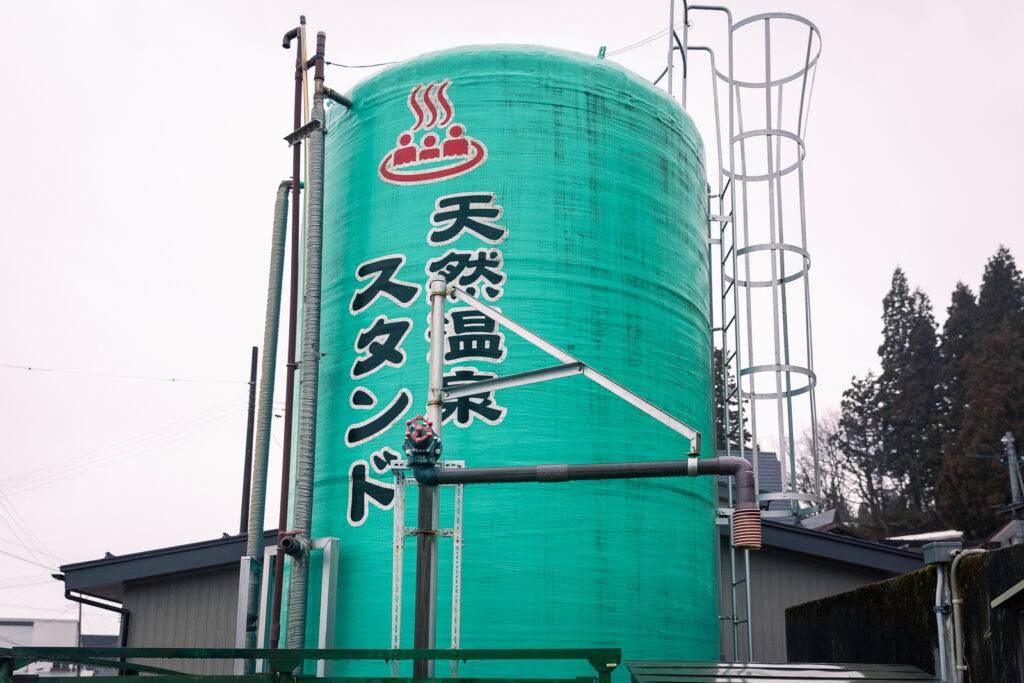
On day 2, we started the Randonnée at the foot of Hakkaisan, the famous peak synonymous with Minamiuonuma. Minamiuonuma is a basin terrain surrounded by low mountains without excessive undulation, making it easy to walk anywhere. As long as you have skis, you are free to walk on any snowfield you like, which is fun.
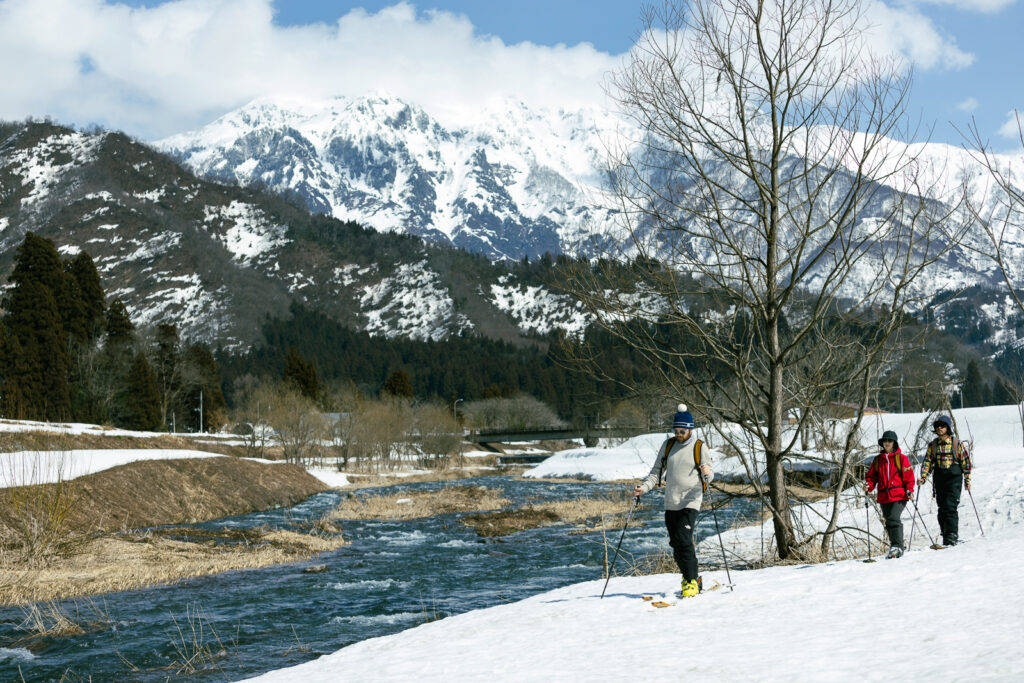
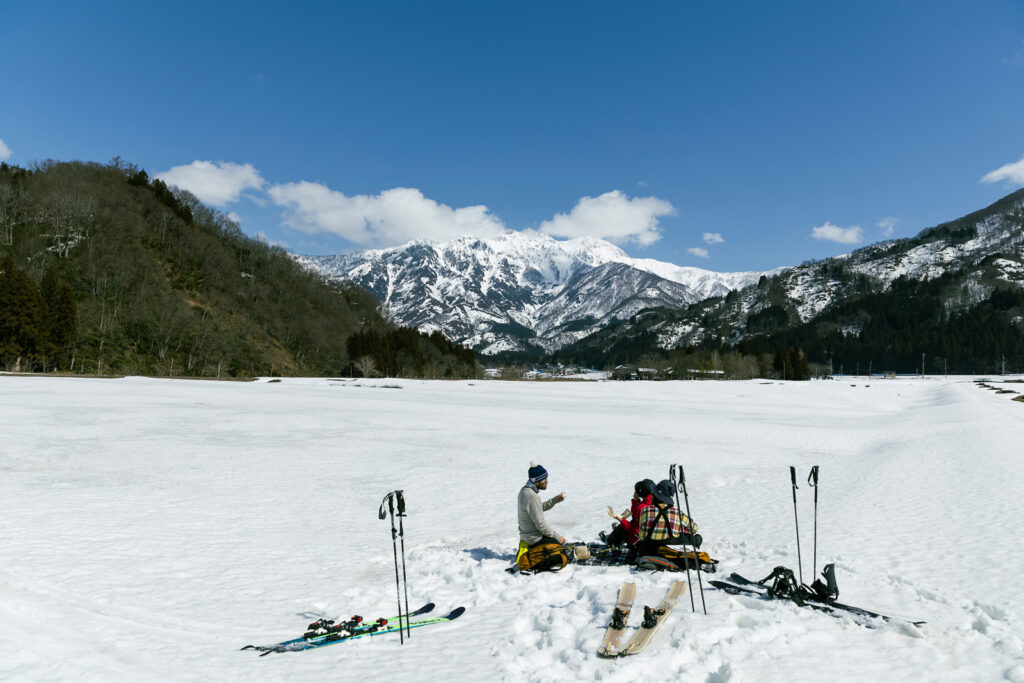
After meandering .around the foot of Hakkaisan amid the sound of chirping birds, we stop for a well-earned lunch. We found a spot with a good view of Mt. Hakkaisan, spread out our sheets, and lunched on rice balls of Koshihikari rice produced in Minamiuonuma. The secret behind the delicious taste of Minami Uonuma Koshihikari is the mineral-rich melted snow water and the climate with large temperature differences. Feasting on rice grown to perfection in the melted snow of Hakkaisan while actually viewing the mountain is a special experience.
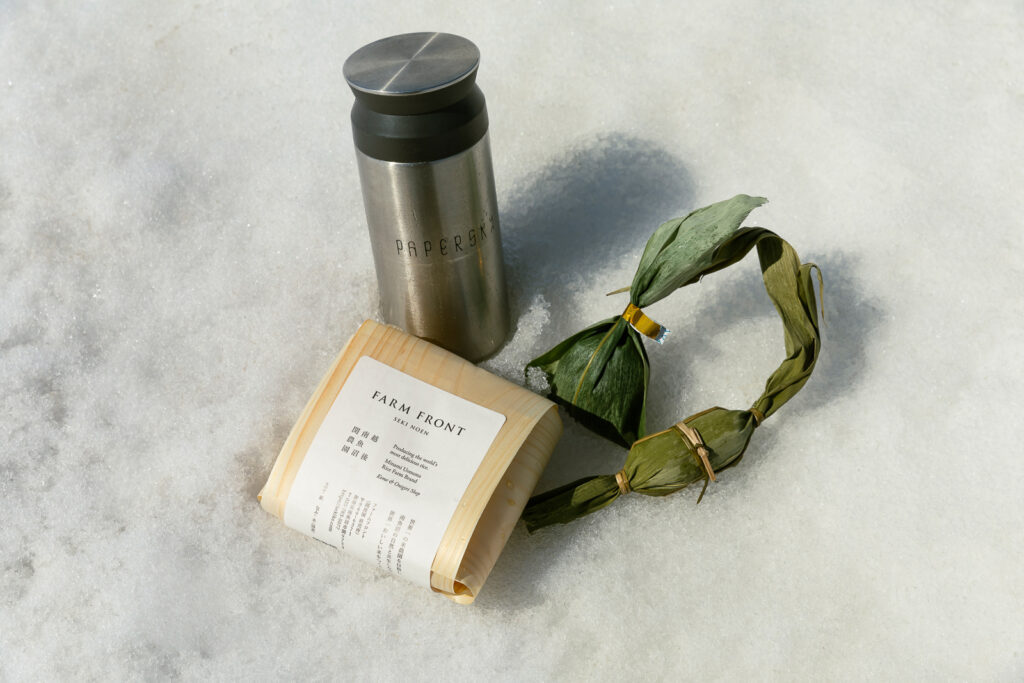
For dessert, Niigata’s famous sasa-dango (bamboo grass dumplings)
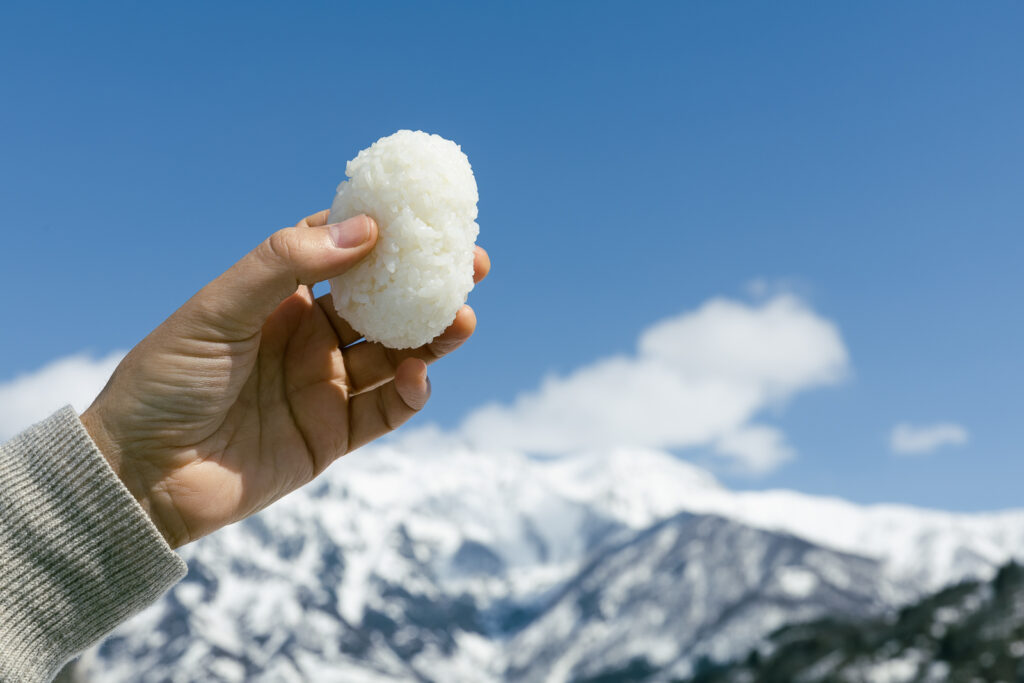
The omusubi (rice balls) are made from Minamiuonuma Koshihikari rice grown by Tomoharu Seki of Seki Farm, a man in pursuit of “the ultimate in delicious rice.” Seki Noen’s Koshihikari rice has won the gold medal in the “Rice and Food Taste Appraisal Contest” for six consecutive years, and is truly exquisite rice.
“I aim to carry on providing people with the best rice balls they’ve ever tasted, in a setting that only Minamiuonma can offer. That’s the goal.”
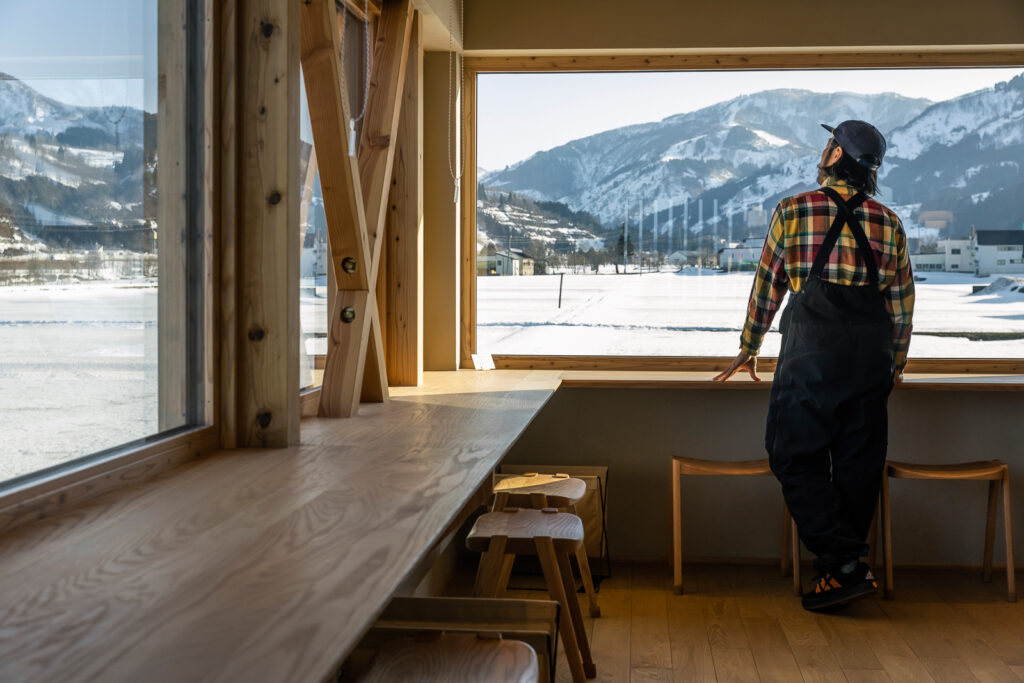
Discover the history of “snow culture” interwoven with art and people.
A must-visit place to experience Minamiuonuma’s snow culture is the Tomioka White Museum of Art, located at the foot of Hakkaisan. Tomioka Soichiro was born in 1922 in Takada City, Niigata Prefecture, and is a Western-style painter behind numerous paintings depicting snow-covered landscapes. In order to express his image of “the color of pure white snow itself,” he ordered white paints from all over the world, improved white oil paints, and developed his own white oil paint, “Tomioka White.”
A visit to the Tomioka White Museum of Art before or after a Randonnée will definitely change the way you perceive the “color of snow” in Minamiuonuma.
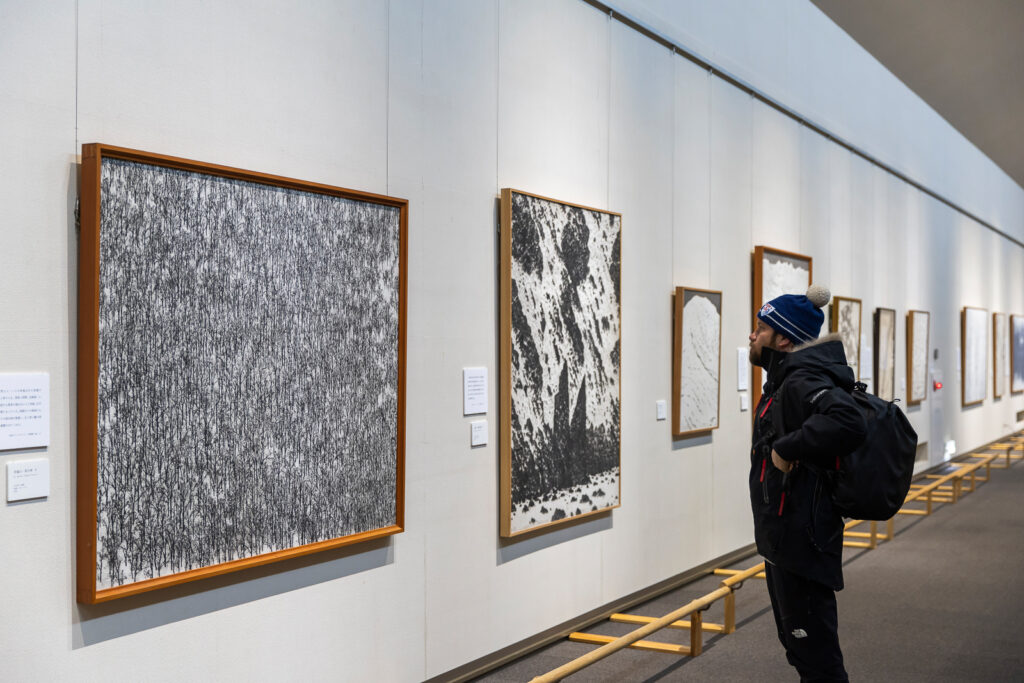
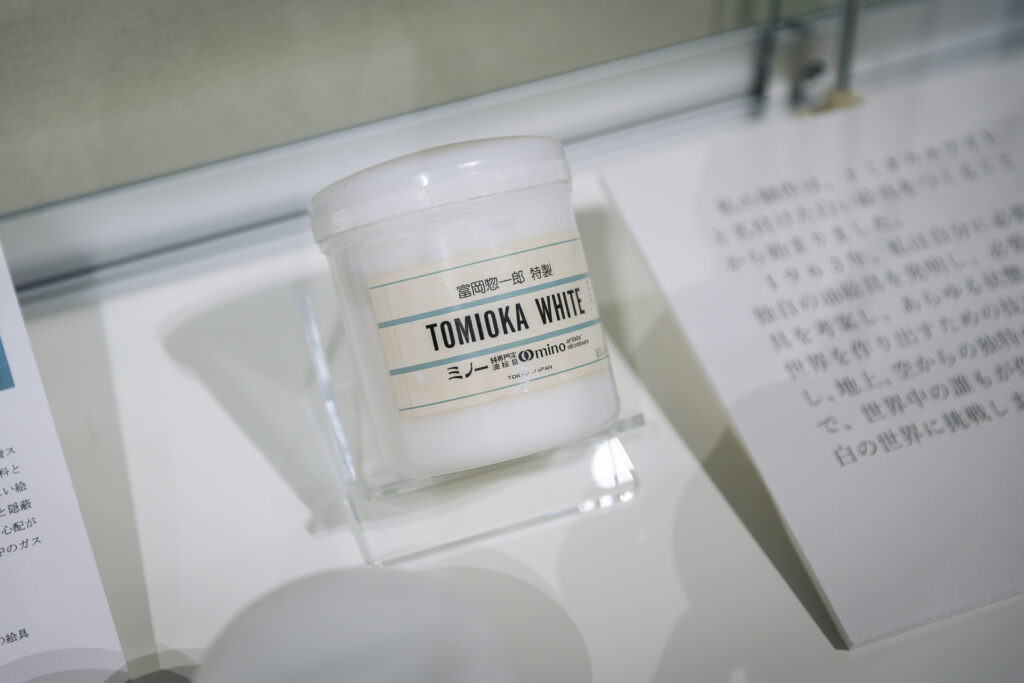
Next, we stopped at “Uonuma-no-sato,” a village at the foot of Hakkaisan.Hakkaisan Brewery (which produces Niigata’s famous “Hakkaisan” sake) operates this facility, where visitors can learn about the lives of the people in the Uonuma region and the natural refrigerator “snow chamber” where the original sake is preserved for storage in the snow. The winters in Minamiuonuma are long and harsh. A visit is highly recommended to learn about the wisdom of the people who have inhabited this area and their life with the snow.
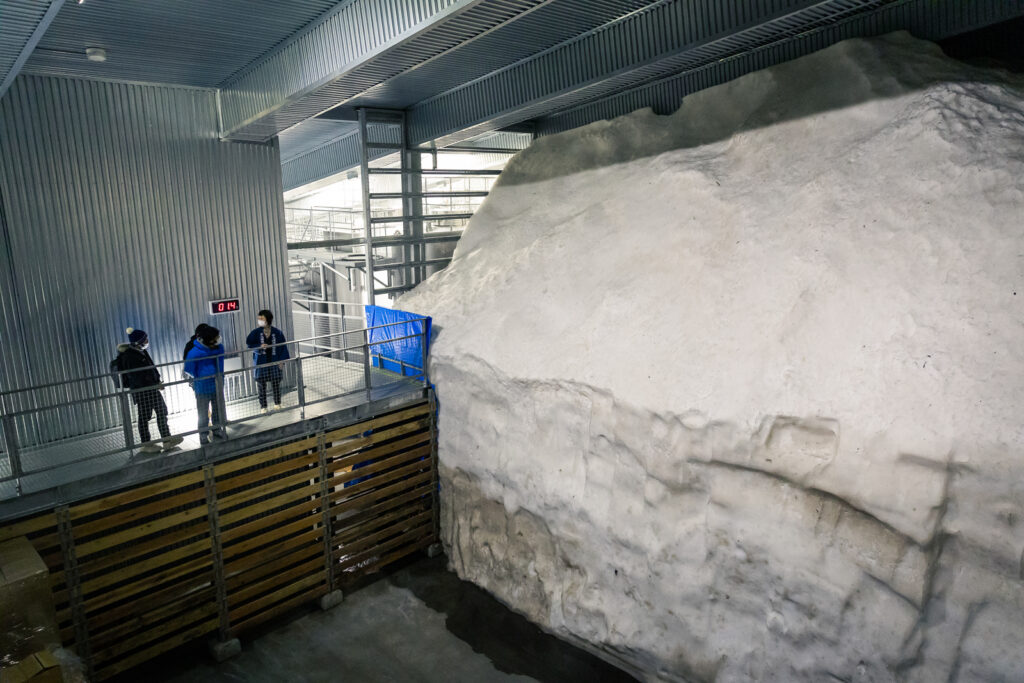
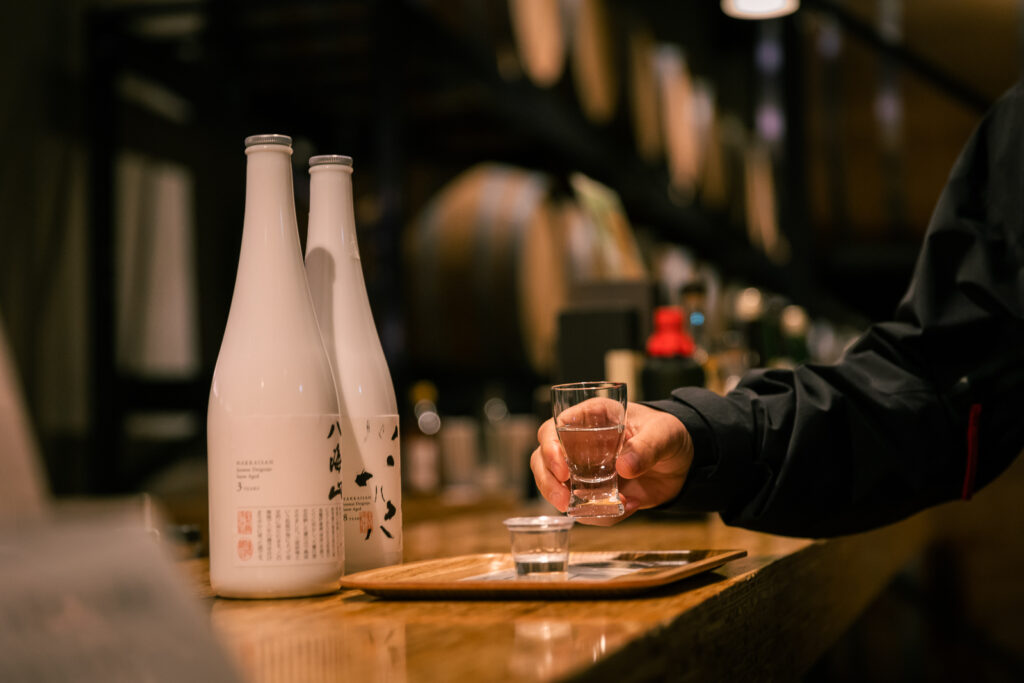

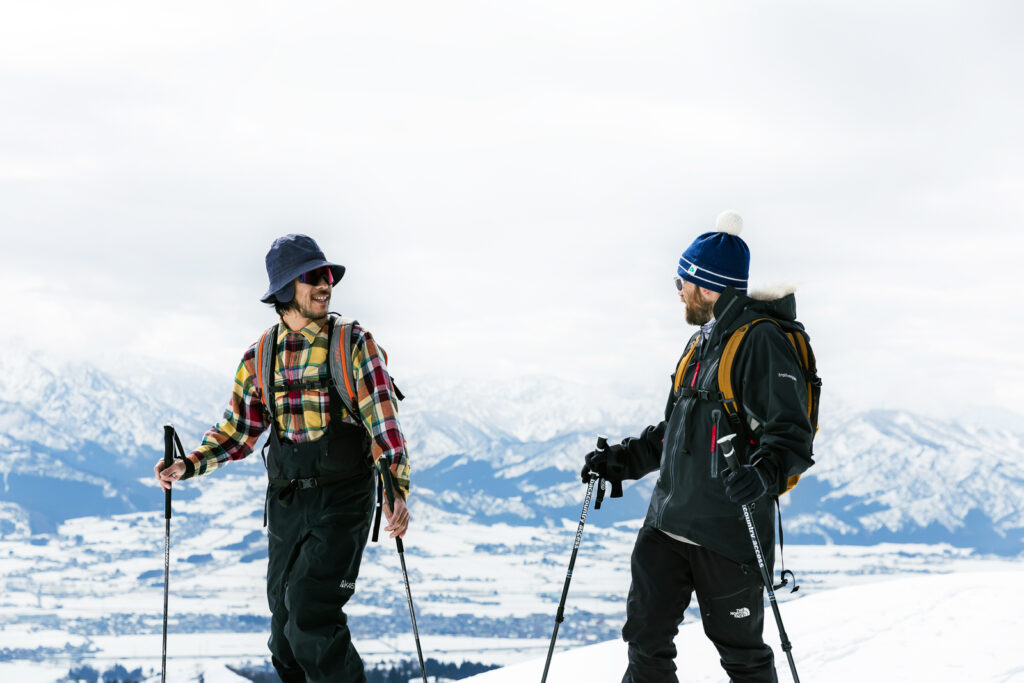
The great thing about Ski de Randonnée is that it allows the casual hiker to enjoy a picnic on snowy mountains and fields without any special skills, as long as you have skis, poles, and boots. Crunching through the untrodden virgin snow in the silent snowfields and rice paddies, one begins to work up a sweat that feels like a proper workout. So don’t miss the “Ski de Randonnée” experience in Minamiuonuma, which can be enjoyed in some areas up to early May!
Travel Guide












